Day 13: Read, Listen, Watch
Please add your picks to these media recommendations about the climate crisis
The weekend is nearly here and you may be looking for a good book to read. So I thought I’d share some current books on climate that I have found informative and helpful. I’ve also included other media as well. In the comments, please leave any other recommendations you have.
All We Can Save, ed. Ayana Elizabeth Johnson and Katharine K. Wilkinson
Edited by scientists Ayana Elizabeth Johnson and Katharine K. Wilkinson, the All We Can Save anthology serves as an inspiring call to action. It includes essays, art and poetry by women leading on climate—and making progress. This diverse group of scientists, journalists, farmers, lawyers, teachers, activists, innovators, designers and more lay out the strategies for the necessary reshaping of our society. Rather than feeling doomed, you’ll want to roll up your sleeves and get to work after you read this.
You may also want to consider hosting a reading circle to discuss the book within a small group. Community must play a role in addressing the climate crisis and a reading circle offers an ideal vehicle to engage your people. Go here for more info on circles.
And go here to listen to one of my favorite essays in the book, Sarah Miller’s “Hell or High Water,” in which the author, posing as the wealthy wife of a Bay Area tech-bro, browses through several beachfront luxury condos in flood-prone, construction-booming Miami in order to discover what exactly delusional real-estate brokers tell clients about climate change.
Animal, Vegetable, Junk: A History of Food, from Sustainable to Suicidal, Mark Bittman
Food plays a huge role in the climate crisis—both as a problem and a solution. Bittmans’ latest book, Animal, Vegetable, Junk is not exactly about the climate crisis. But it really is.
Our industrial agricultural system basically converts fossil fuels into calories: “With the machinery and chemical industries both highly dependent on fossil fuel, and with human labor increasingly displaced, the heartland became a producer of what might as well be called ‘petrofoods.’ As Wendell Berry wrote in 1977, ‘That we should have an agriculture based as much on petroleum as on the soil—that we need petroleum exactly as much as we need food and must have it before we can eat—may seem absurd. It is absurd. It is nevertheless true.’”
Industrial agriculture, with its reliance on fossil fuels, synthetic pesticides, mono-cropping, CAFOs and get-big-or-get-out mentality, has decimated the soil, polluted the air, fouled the water, made the lives of workers miserable and dangerous and created such cruel conditions for animals that, if those conditions were made transparent, they would cease to exist (no one would stand for the horrors of an industrial pig farm, for example). But the system continues thanks to corporate greed, a USDA that works for Big Ag and not farmers, subsidies for the wrong foods (i.e., junk) and so on.
The last chapter offers solutions and examples of policies that have fought Big Food’s poisoning of people for profit, such as a soda tax in Mexico that reduced consumption and thus instances of diseases associated with eating so-called foods devoid of nutrition. Bittman holds up 400-acre Full Belly Farm in Northern California as a model “for the farm of the future.” (I’ve been on a farm tour at Full Belly and can second that!) Regenerative Full Belly Farm respects the soil, the workers and the animals. Bittman writes that joining a CSA, changing our eating habits or supporting initiatives to improve the rights and working conditions of farmworkers “can be done by many of us today and, given the privilege that allows some of us to do them, might be viewed as obligations.”
The New Climate War, Michael E Mann
If renowned atmospheric scientist Dr. Michael E Mann says we aren’t doomed, who am I, foodie layperson, to argue?

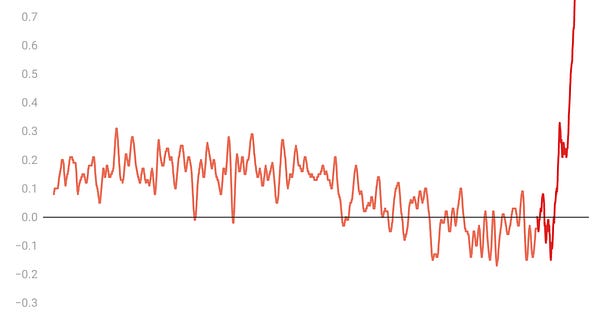
Please read Mann’s latest book, The New Climate War. Mann may be best known for the iconic hockey stick graph (now a scythe) which shows global surface temperatures gently sloping downward for a thousand years (the handle), followed by a sudden steep uptick beginning around 1900 (the blade pointing upward).
The New Climate War outlines how vested interests—the fossil fuel companies, their sham think tanks, well-funded lobbyists and bought-and-paid-for politicians—can no longer deny either the reality of climate change or that burning fossil fuels drives it. So, to keep the oil flowing and the money pouring in, they’ve moved onto more devious tactics, “an array of powerful Ds: disinformation, deceit, divisiveness, deflection, delay, despair-mongering, and doomism,” all of which lead to inaction.
Throughout the book, Mann debunks myths and disinformation in a calm, measured manner. If you feel doomed, read this book. It will give you hope.
Saving Us: A Climate Scientist’s Case for Hope and Healing in a Divided World, Katherine Hayhoe
Choosing the first action for this challenge was, well, a challenge. It had to be a top climate solution. After reading Katharine Hayhoe’s book, Saving Us, picking the first action was easy. Hayhoe, an evangelical climate scientist living in Texas, tells us that the most important thing we can all do about climate change is to talk about it.
Read more about Saving Us in Day 1 of this challenge.
Under a White Sky, The Nature of the Future, Elizabeth Kolbert
Elizabeth Kolbert, author of the Pulitzer-winning The Sixth Extinction, has written a new book: Under a White Sky, The Nature of the Future. In it, she discusses the control of the control of nature.
Kolbert uses Asian carp as one example of attempted control of previous control that went horribly wrong. In order to divert the cesspool that the Chicago River had become in the 19th century, engineers reversed the direction of the river, forcing it to flow instead into the Des Plaines River and eventually, down the Mississippi and into the Gulf of Mexico. This redirection involved creating the Chicago Sanitary and Ship Canal, which, for the first time, connected the Mississippi River Basin and the Great Lakes Basin.
In the 60s and 70s, around the time of spontaneously combusting US rivers and lakes, Asian carp—which as it turns out, conquer ecosystems—were introduced to clean up these polluted waters. Today the prolific carp swim within close proximity of the Great Lakes. If they reach them, they’ll devastate them. So, engineers have stepped in again by electrifying the canal in order to create a barrier that (they hope) keeps the fish from jumping—or rather, swimming—the gap. “First you reverse a river. Then you electrify it,” Kolbert writes.
The book ends with a chapter on solar geoengineering, or the more palatable “solar radiation management” (i.e., shooting particles into the atmosphere in order to dim the sun). This won’t prevent heating or address the source of heating, but will ostensibly prevent the building heat from reaching us down below—as long as we continue to spray greater and greater amounts of particles into the sky as the planet heats. What could possibly go wrong?
As with The Sixth Extinction, I couldn’t put this book down. Somehow Kolbert manages to be humorous despite the subject matter.
A newsletter
I subscribe to Bill McKibben’s newsletter, “The Crucial Years.” The free version provides access to most of the content. Author, educator and a founder of 350.org, McKibben describes his newsletter as follows:
I’ve covered this saga for decades, and I’ve helped organize for change. Here’s my bio, but basically I’ve written about pipelines and gone to jail to stop Keystone, reported on climate finance and ended up in handcuffs in the lobby of Chase Bank.. So I think I’m well-positioned to provide the necessary context: what’s important and what’s not, where we have to push hard, where the leverage lies. I know many of the players, and love to highlight good work. I get pissed off fairly easily. This newsletter will reflect all of that. So, subscribe.
A podcast
Ayana Elizabeth Johnson, one of the editors of the aforementioned anthology All We Can Save, also co-founded (and until recently, co-hosted) a fabulous podcast with Alex Blumberg, How to Save a Planet. At the end of each episode, the host provides listeners with several doable calls to action, from the collective down to the more individual. I’ve embedded an episode on wildfires below. Please give it a listen. You won’t be disappointed.
A film
I’m sure by now you’ve all heard the synopsis of the satire Don’t Look Up but in case you haven’t… In the film, two scientists (DiCaprio’s character is based on Michael Mann above) try to warn the government and public about a Mount Everest-size meteor hurtling directly toward Earth that in six months’ time, will cause an extinction-level event upon impact. The government delays action, a tech billionaire figures out how to profit from the meteor and the American public divides into two polarized camps—pro-meteor and anti-meteor. (So, it’s kind of like a documentary...)
As of this writing, Don’t Look Up is Netflix’s second most popular movie of all time. Not bad for a movie critics hate. I agree it is not Adam McKay’s best work—hello The Big Short and Succession—but I did enjoy it and have watched it twice now. If talking about climate change is the most important thing we can do about the crisis, McKay’s film has succeeded. Because everyone is talking about this film.
Please share any climate-themed material you’re reading or listening to or watching.




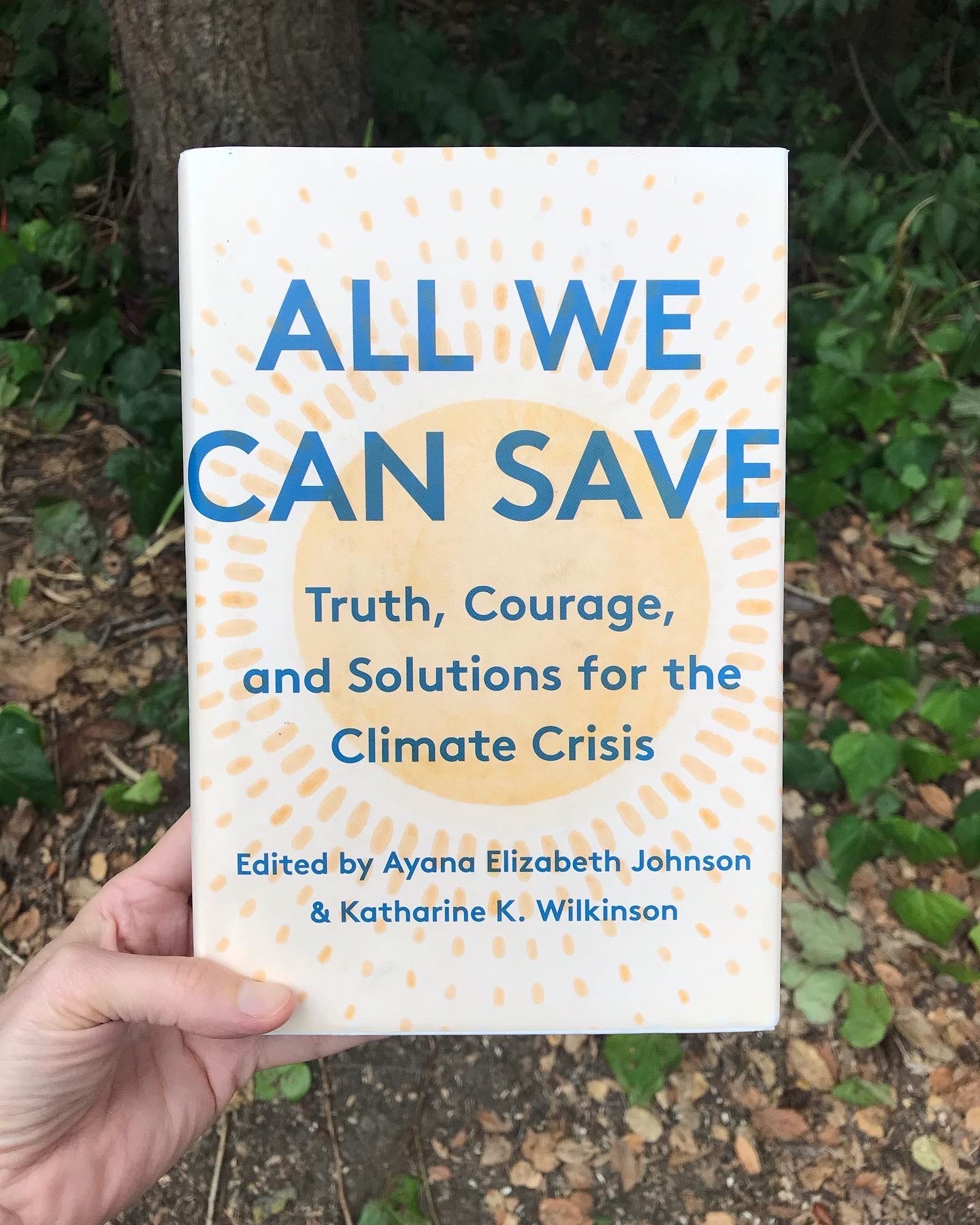
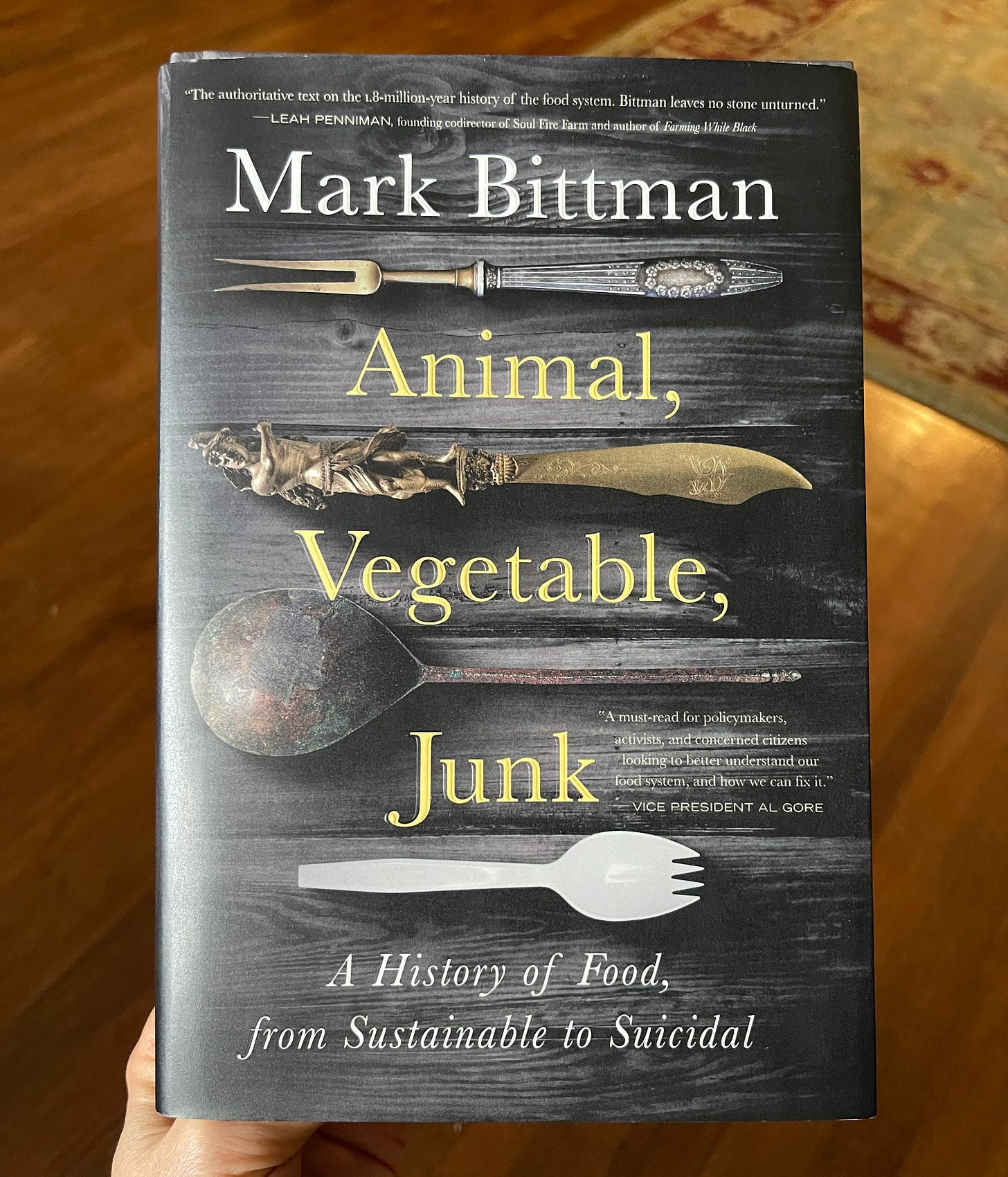
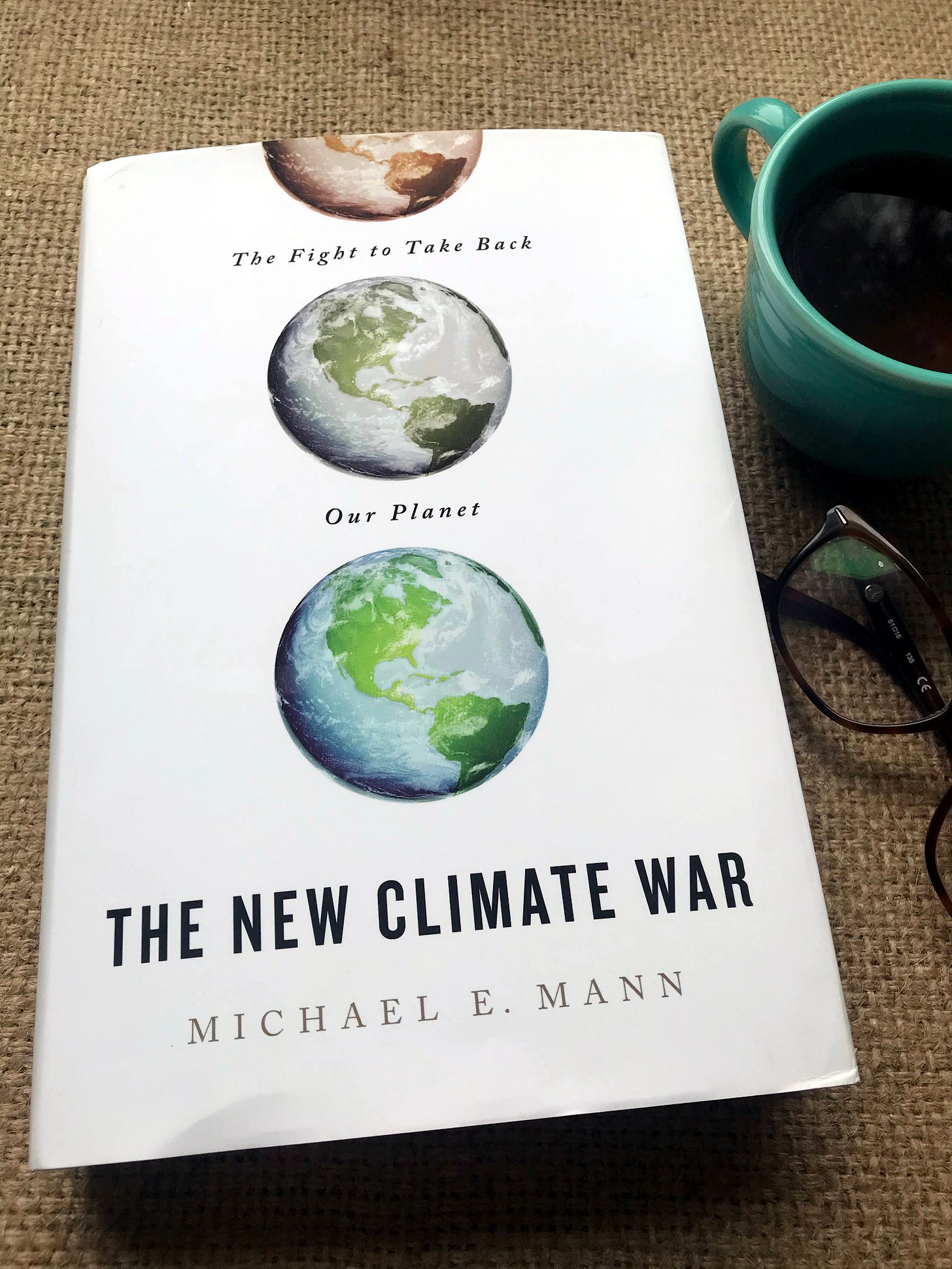

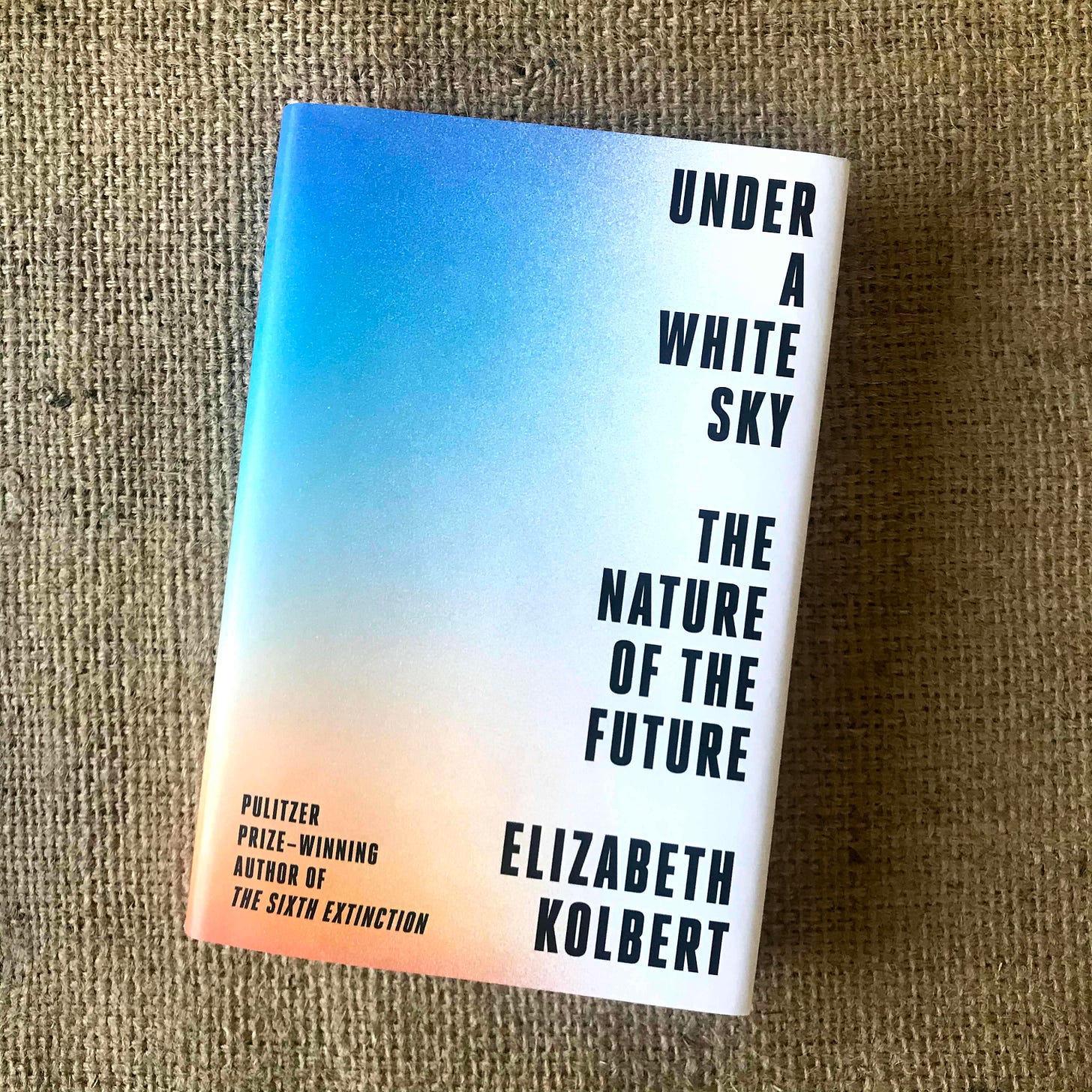
The Ministry for the Future by Kim Stanley Robinson is a fictional account of how we get from Here, a time of looming disaster, to There, a (solarpunk) delightful, peaceful future. It’s full of hope and science and smart people being hopeful and scientific.
"The Overstory" by Richard Powers changed my life. It is fiction, but so moving and inspiring. It would be hard to not feel compelled to take action after reading it. Thanks for sharing your recommendations! I will definitely be checking them out.